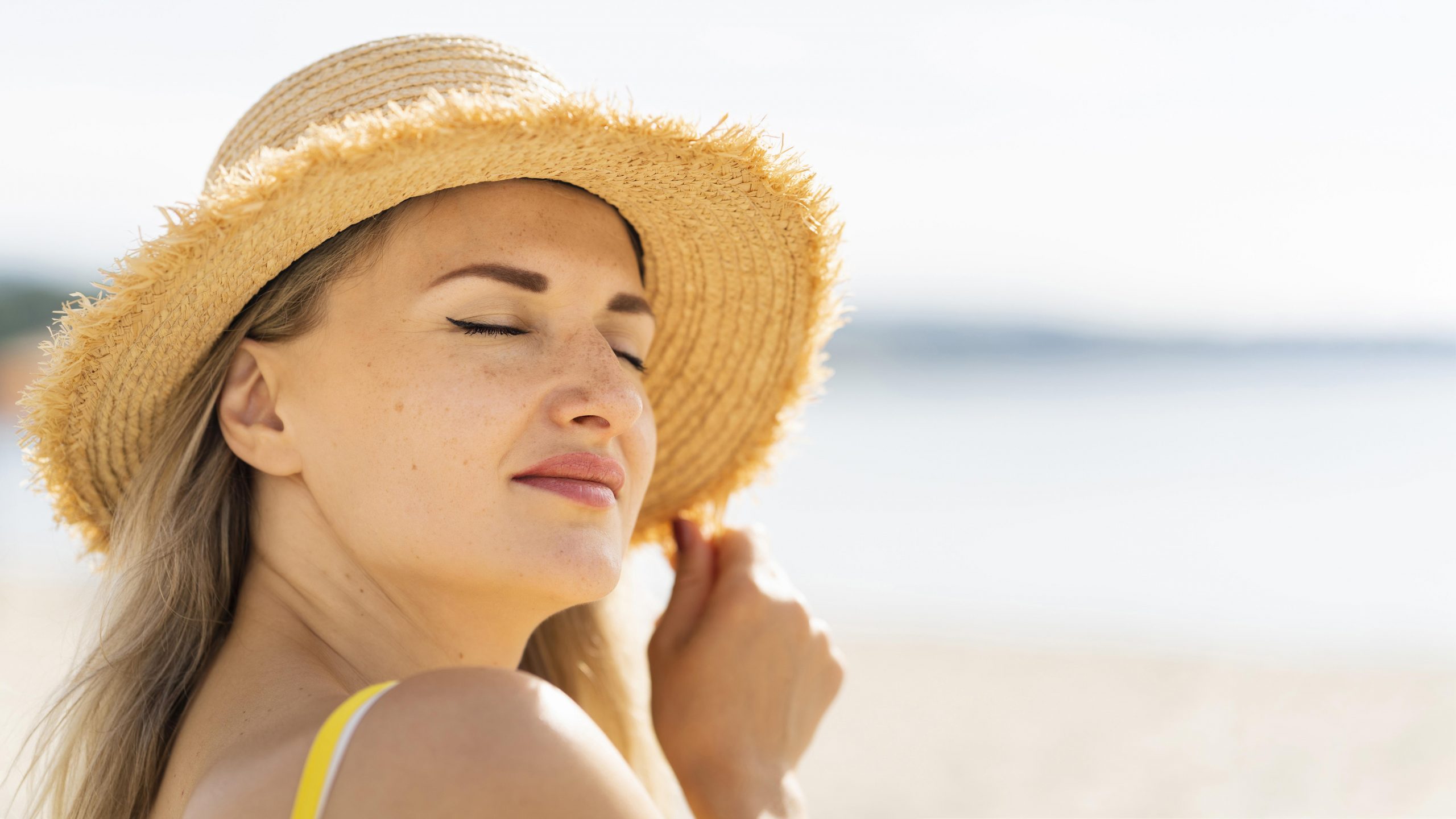
Sun Exposure Impact on Skin Microbiota Composition in Holidaymakers

The skin microbiota plays a crucial role in maintaining epidermal homeostasis. Ultraviolet radiation (UVR) and other environmental challenges can impact the skin microbiota through direct and indirect mechanisms.
In their study, Abigail K. Langton from the University of Manchester and her team, aimed to investigate the effects of sun exposure on the skin microbiota and its relationship with individual skin phototypes.
Healthy volunteers holidayed in a sunny destination for a minimum of 7 days with swabs taken pre-holiday and up to 84 days post-holiday. Participant group was categorized by individual typology angle (ITA) classification and the composition of the skin microbiota was examined using 16S rRNA gene sequencing.
In the entire cohort and at all time points, the major bacterial phyla were Actinobacteria, Proteobacteria and Firmicutes. There was a significant change in microbial beta diversity at day 28 post-holiday, compared to baseline, for all participants. However, when participants were segregated into three cohorts dependent on the degree of skin tanning response between baseline (pre-holiday) and immediately one-day post-holiday, there was a reduction in Proteobacteria in the sun-seeking participants 1 day after the holiday, which recovered over time.
In summary, these findings suggest that sun exposure can affect the diversity and composition of the skin microbiota, which may have downstream effects on skin health.
Image credits: freepik
Dr. Langton will be joining Skin Ageing & Challenges 2023 to elaborate further on this topic. You can reserve your spot to join the conference here.
Skin Ageing & Challenges 2023
November 9-10, 2023 – Lisbon, Portugal
LinkedIn | Facebook
